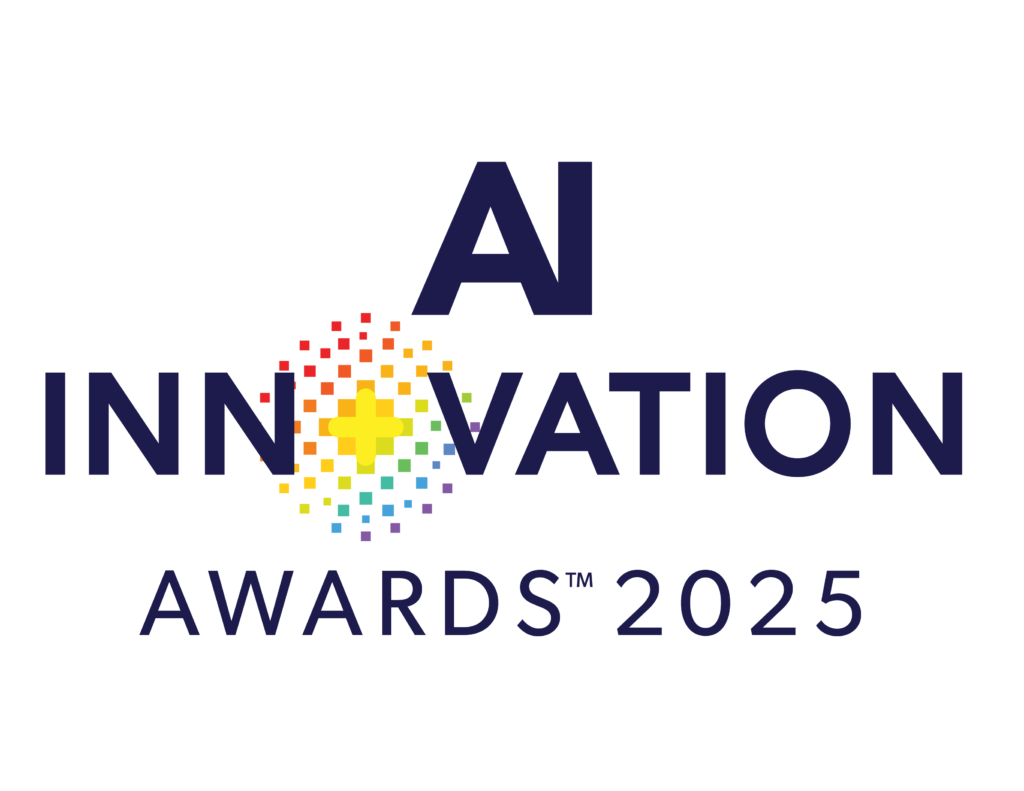2025 AI Innovation Awards
For end products
The AI Innovation Award recognizes the innovation and achievement of end products that use edge AI or vision technologies.
The Awards are open to end products, i.e., products that, as delivered, are ready to be used by consumers or enterprises, and are not components of other products. Examples include smart home appliances, medical diagnostic equipment, retail analytics solutions, etc.
Nominations are free, open to the public and are evaluated by a panel of independent industry experts. Simply use the online nomination form to provide basic information such as the name of the product and company. There are a few optional questions to help our judging panel evaluate the nomination.
New this year, we are seeking nominations for end products that incorporate vision language models (VLMs), large multimodal models that understand both visual and textual inputs, for edge AI or vision-based applications. If the VLM-based product is not yet in production, a demonstrable prototype must be available and a company contact is required.
Benefits of winning
Validation of your product leadership and innovation
- Judging by a panel of independent industry experts
Gain competitive advantage
- Attract new customers and partners as your product is independently rated as one of the best products of the year!
Increased visibility
- Year-round promotion by the Edge AI and Vision Alliance
- Alliance website, social media posts, presentations and newsletters with global distribution
Eligibility
- Must be an end product i.e., a product that, as delivered, is ready to be used by consumers or enterprises, and is not a component of another product
- Product must be delivered and available to end-users in 2024
- Product must implement AI or vision algorithms at the edge (on the device, on-premise, or at the network edge)
- The nominated company must be the primary developer of the end product
2025 AI Innovation Awards at a Glance
- The Award recognizes the innovation and achievement of end products that use edge AI or vision technologies
- Examples include smart home appliances, medical diagnostic equipment, retail analytics solutions, etc.
- Nominations are free and open to the public
- Deadline for nominations: January 17, 2025
- Nominated products are evaluated by a panel of independent industry experts
- Winning products will be announced at the Embedded Vision Summit, May 20-22, 2025
FAQs
To nominate a product, use our online form to provide basic information about the product including product name and website, company name and website and product category. To maximize your score, you can provide relevant links (up to 4) for additional information to support your nomination—such as demos, media coverage, technical descriptions etc.
January 17, 2025
“End products” are products that, as delivered, are ready to be used by consumers or enterprises, and are not components of other products. Examples include smart home appliances, medical diagnostic equipment, retail analytics solutions, etc.
- Products must be launched and available to end-users in 2024
- End product must support processing of AI and/or vision algorithms locally, whether on a chip, device or on-premise. We include hybrid approaches where some processing happens locally and some in the cloud. Products where all AI is implemented in the cloud are not eligible
- The nominated company must be the primary developer of the product being nominated
Winning products will be announced at an Awards ceremony at the Embedded Vision Summit, May 20-22, 2025
Just send an email to [email protected]. We look forward to seeing your submission!
What is Edge AI and Vision?
“Edge AI and vision” refers to the practical use of artificial intelligence and computer vision in machines that perceive and understand their environment through visual and other means.
By “edge AI,” we mean AI processing that occurs locally, whether on a chip, device or on-premise. We include hybrid approaches where some processing happens locally and some in the cloud. And we include edge devices that process all sorts of sensor data: images, audio, vibration, radar, lidar and the like. Examples of edge AI systems include a warehouse robot using cameras and lidar, a smart speaker with local wake word processing, an on-premise video recorder with object detection and tracking, and a radar-based hospital patient monitor that uses AI to detect breathing, movement and sleep.
By “computer vision” we mean the use of algorithms and AI to extract meaning from images or video. Examples include motion and object tracking, defect detection (e.g., on an assembly line), pedestrian detection for automobiles, and location recognition and mapping from visual inputs.


